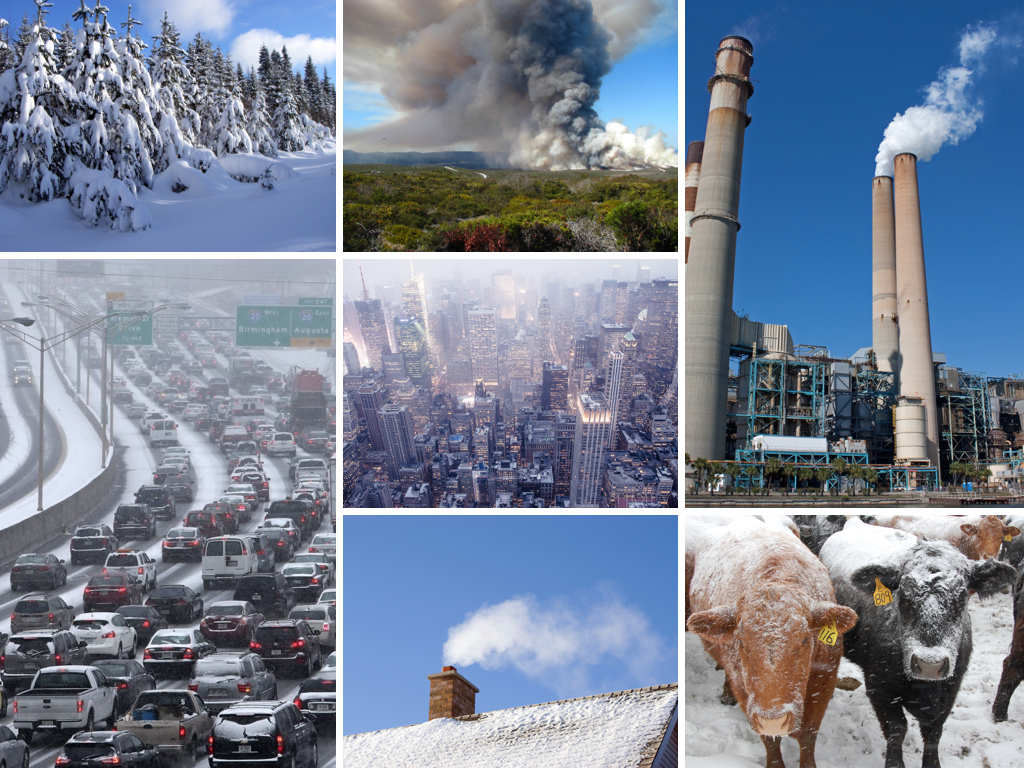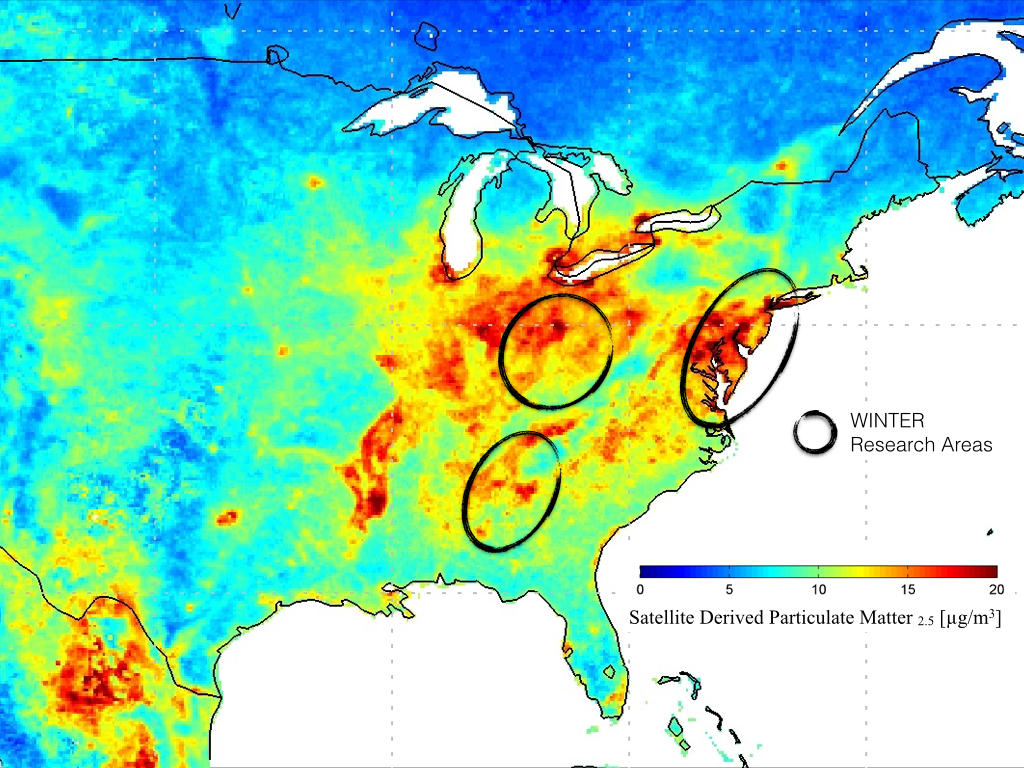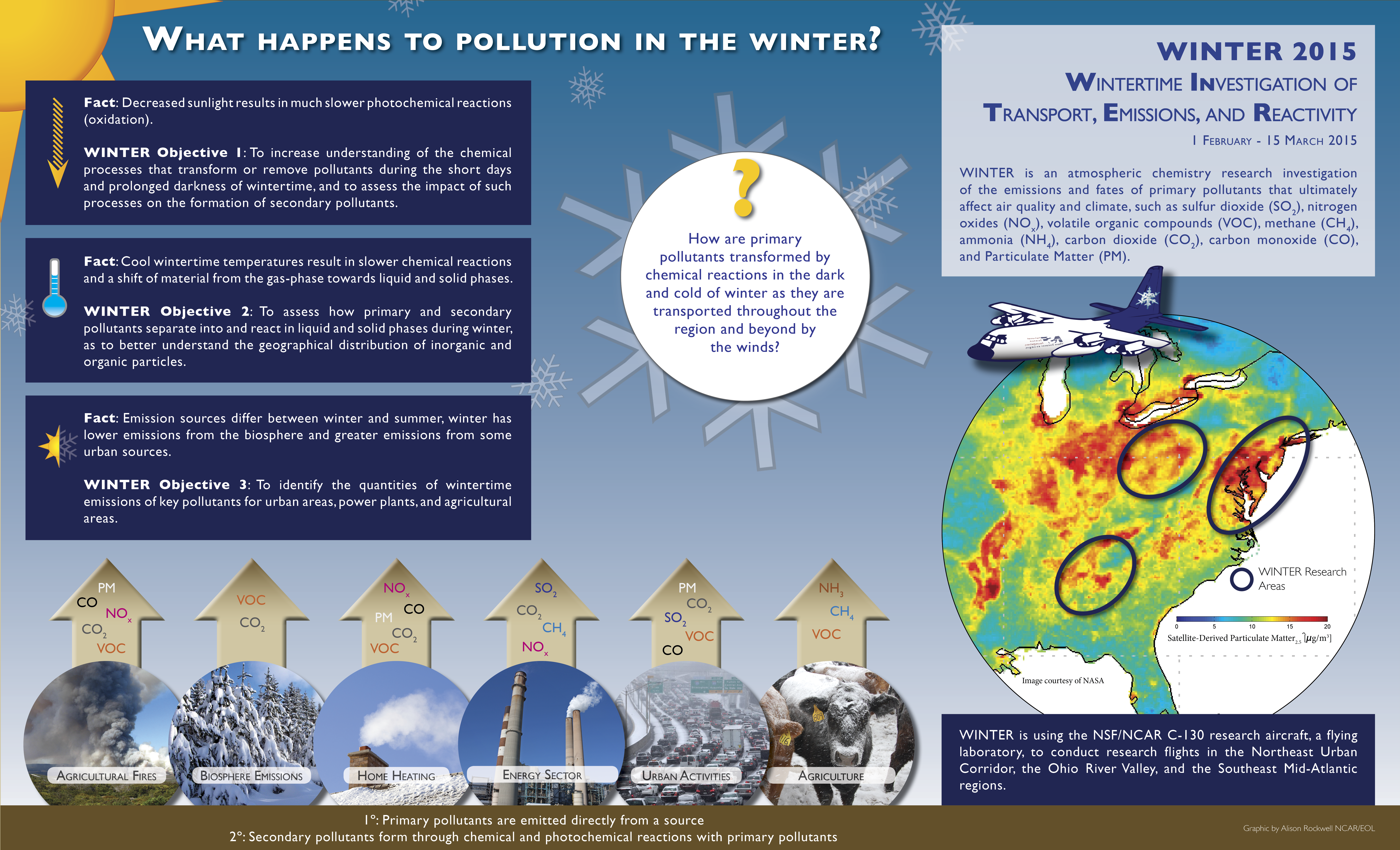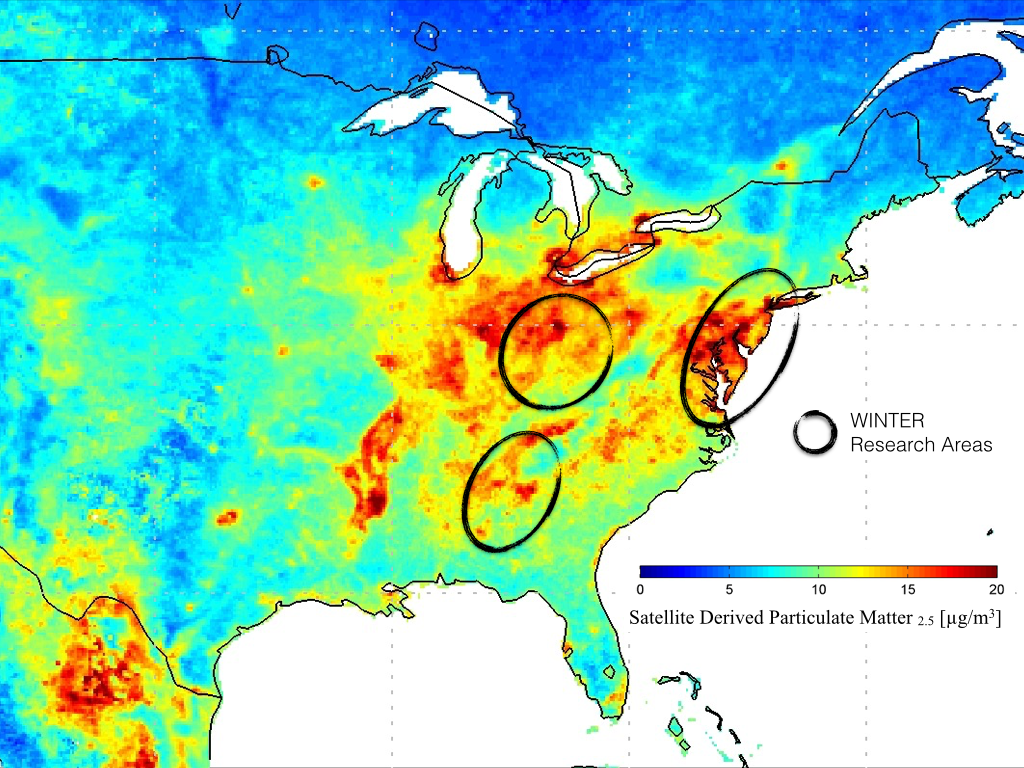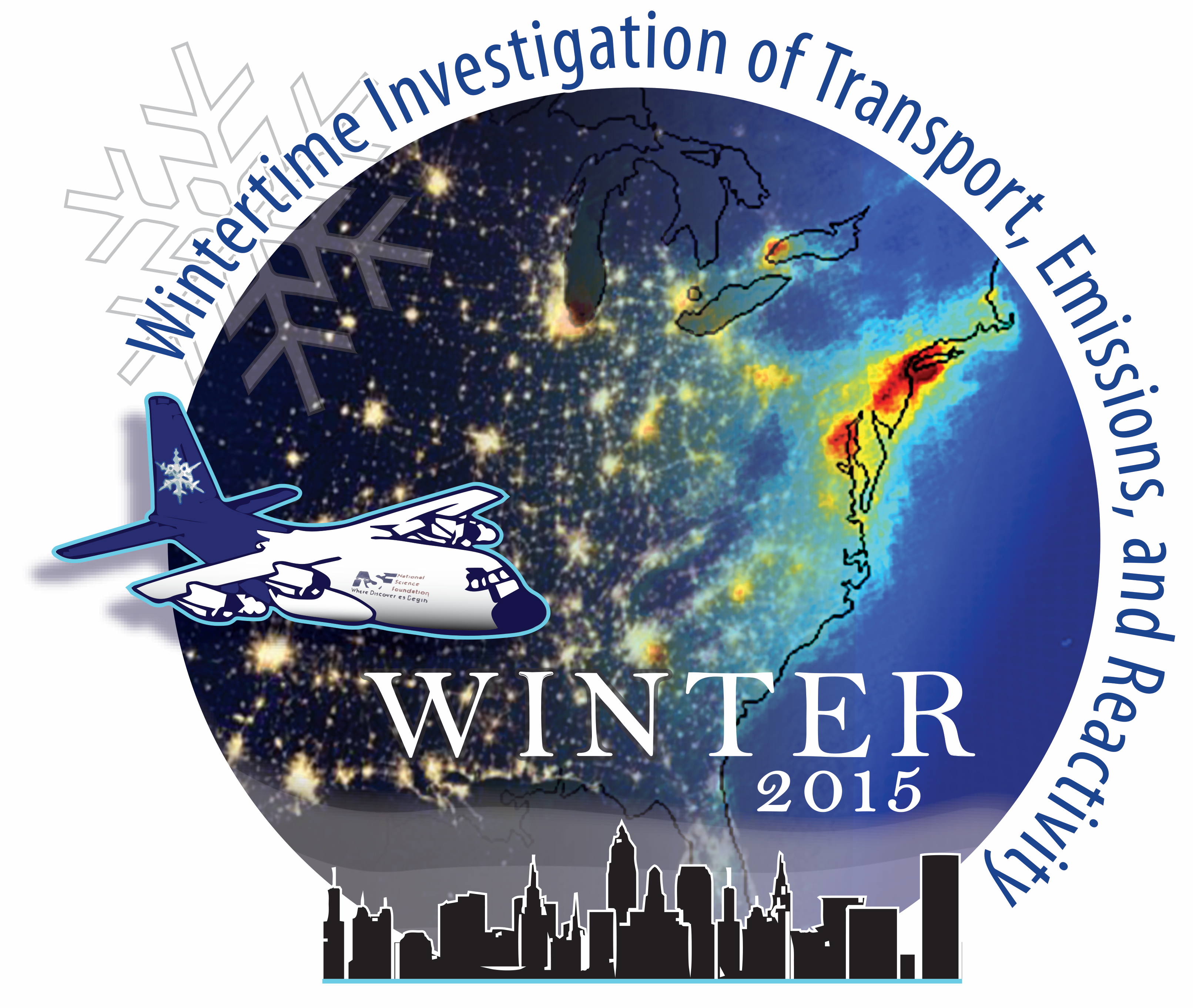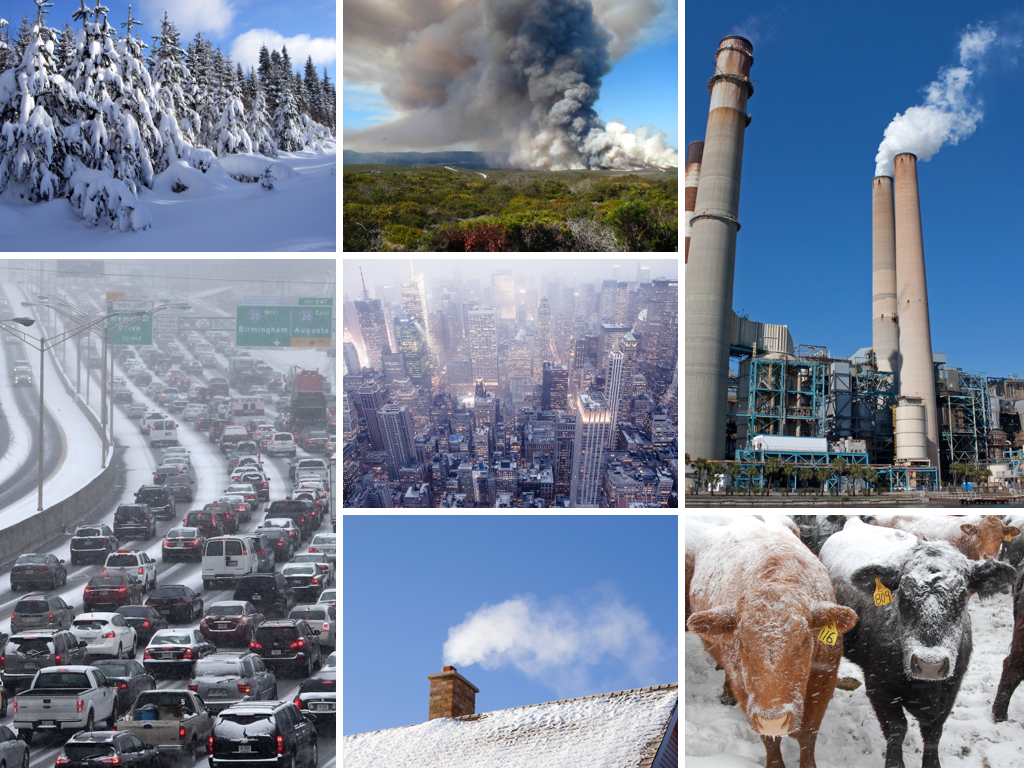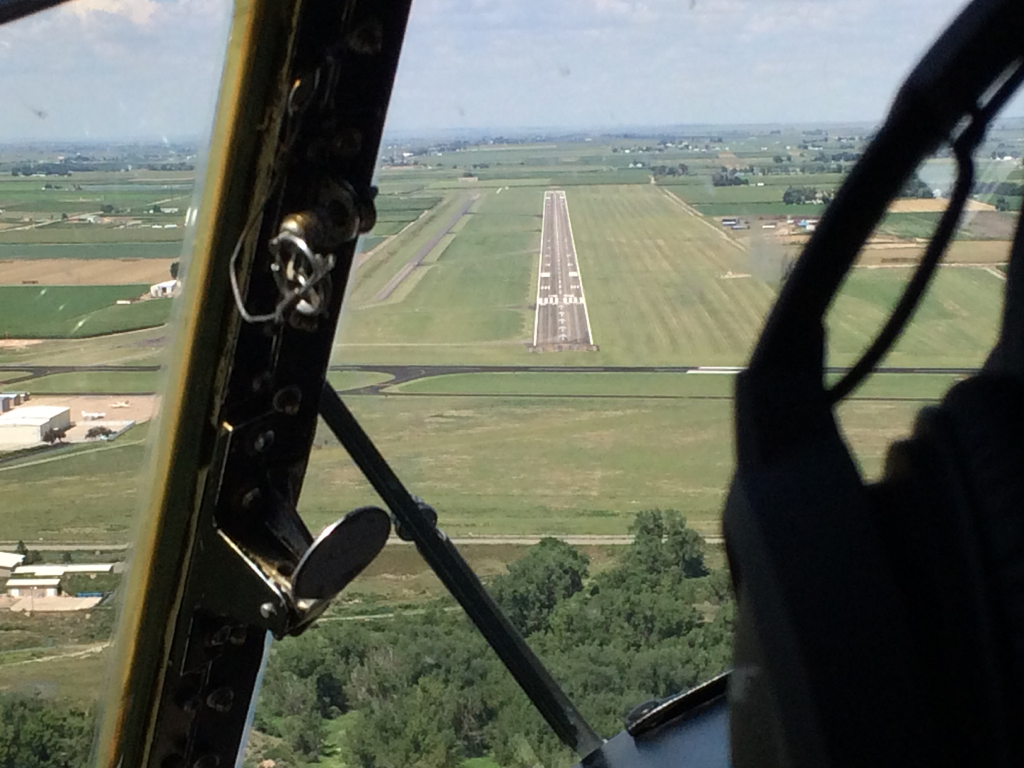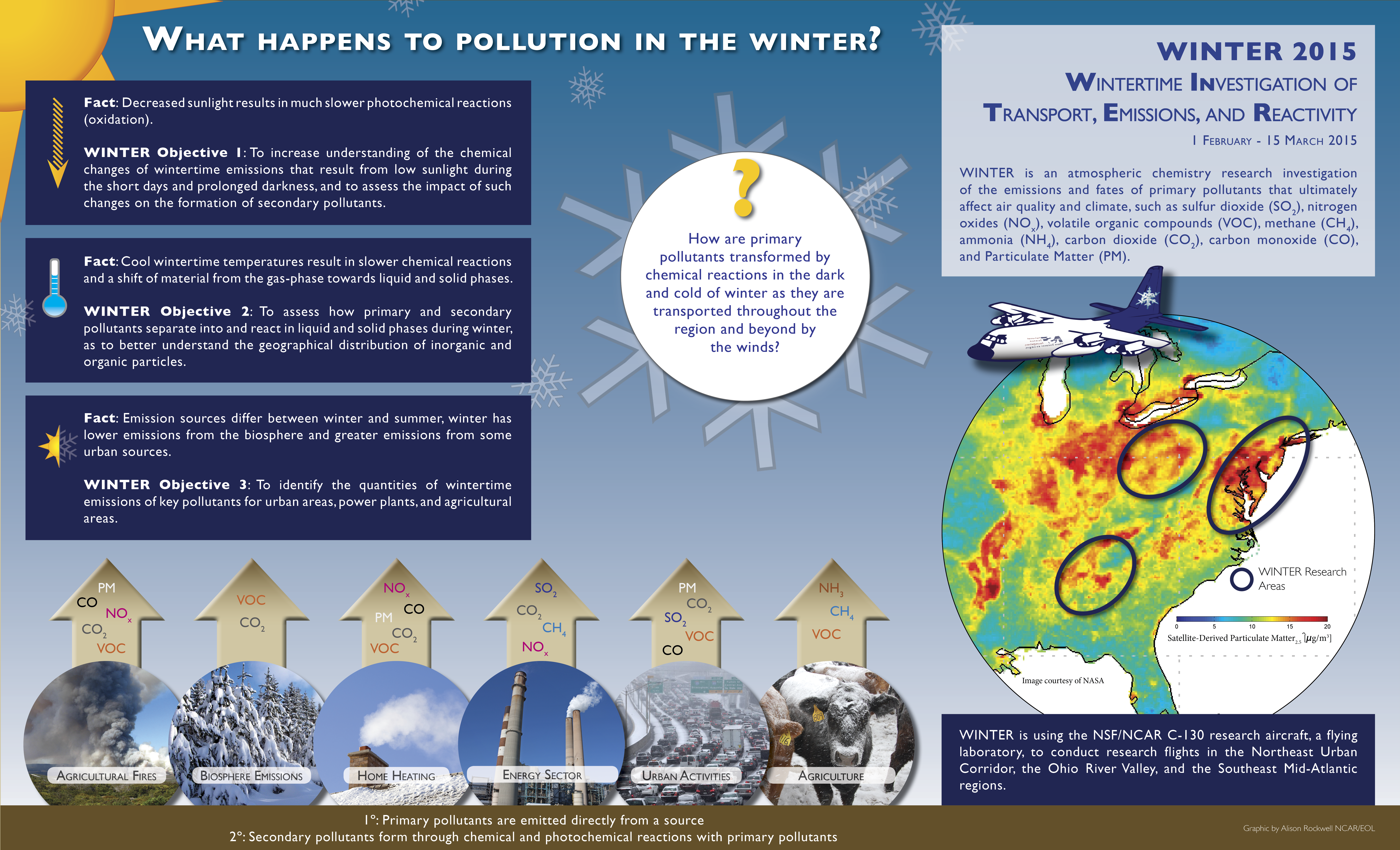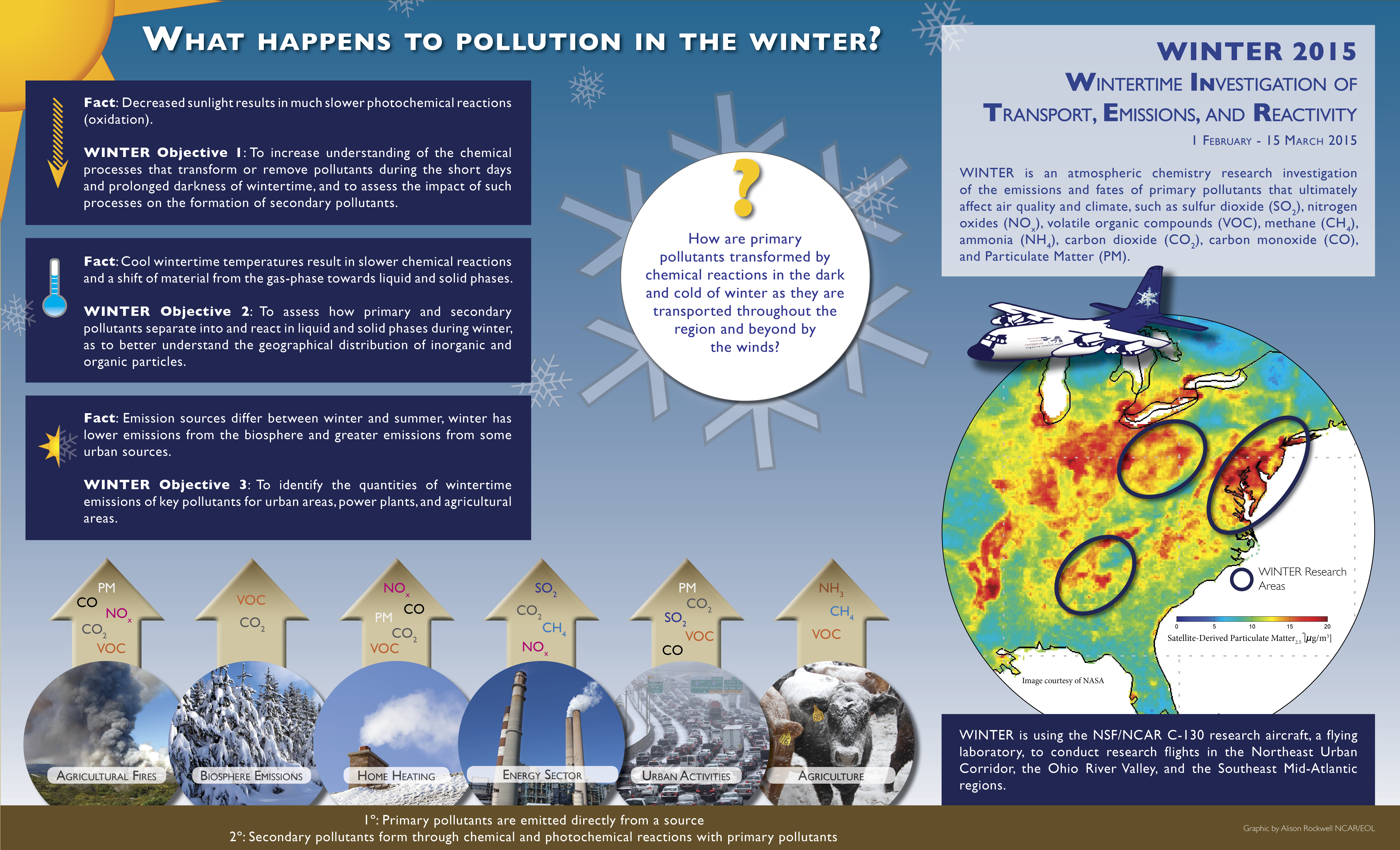| Tell us a bit about WINTER and why it's important to better understand wintertime air pollution? |
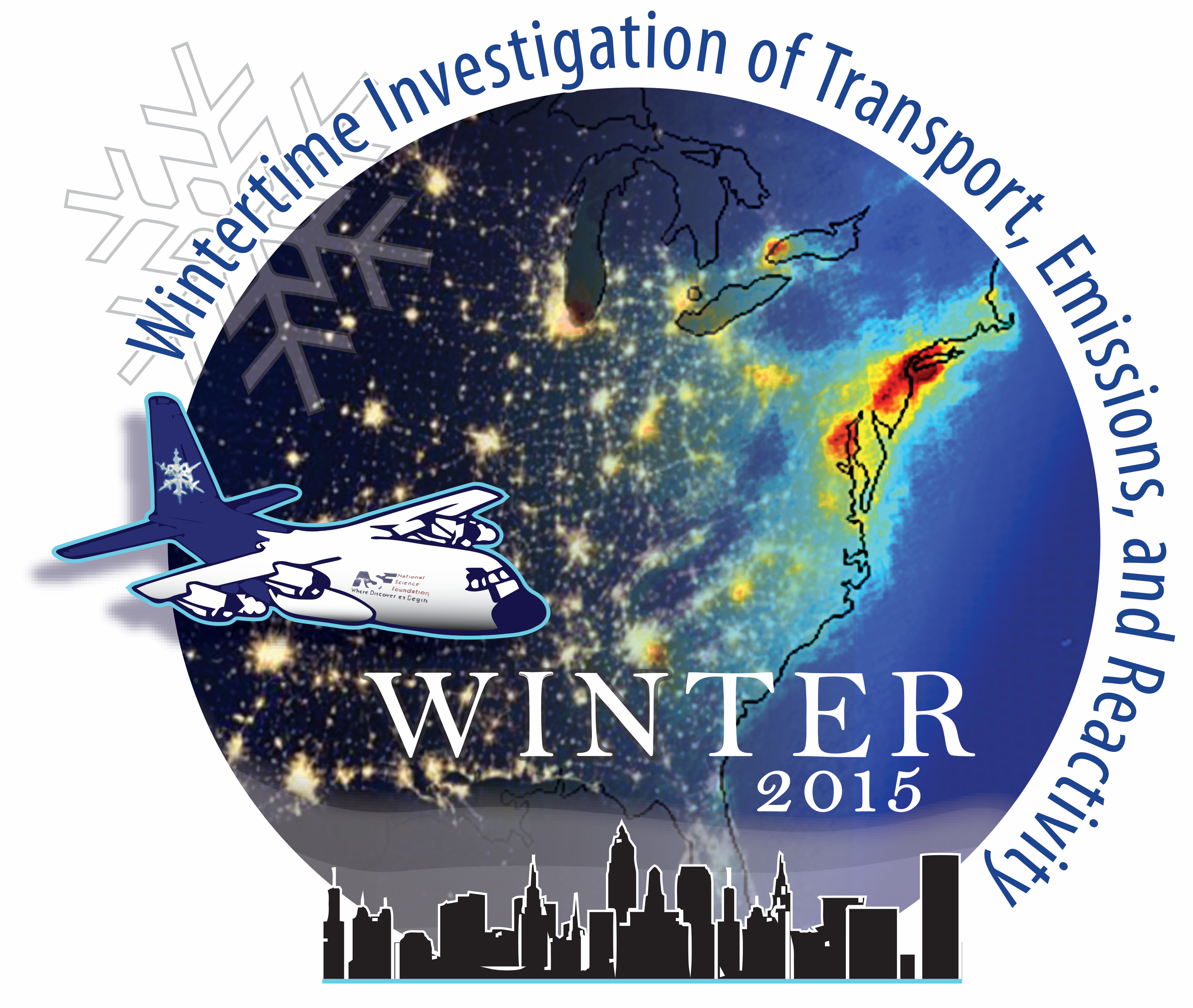 WINTER, which stands for Wintertime Investigation of Transport, Emissions, and Reactivity, is an atmospheric chemistry project studying the emissions and fate of pollutants during winter across the eastern U.S. WINTER is using the NSF/NCAR C-130 research aircraft, a flying laboratory, to conduct research flights in the Northeast Urban Corridor, the Ohio River Valley, and the Southeast Mid-Atlantic regions from 1 February - 15 March 2015. Flight operations will be based at the NASA Langley Research Center in Hampton, Virginia.
WINTER, which stands for Wintertime Investigation of Transport, Emissions, and Reactivity, is an atmospheric chemistry project studying the emissions and fate of pollutants during winter across the eastern U.S. WINTER is using the NSF/NCAR C-130 research aircraft, a flying laboratory, to conduct research flights in the Northeast Urban Corridor, the Ohio River Valley, and the Southeast Mid-Atlantic regions from 1 February - 15 March 2015. Flight operations will be based at the NASA Langley Research Center in Hampton, Virginia.
WINTER’s efforts are funded by the National Science Foundation (NSF) and the National Oceanic and Atmospheric Administration (NOAA), and supported by the National Center for Atmospheric Research (NCAR). The project is led by Principal Investigators from the University of Washington, NOAA, University of Colorado, University of California, and Georgia Institute of Technology.
The project has three goals: |
|
(1) To increase understanding of the chemical processes that transform or remove pollutants during the short days and less intense sunlight of wintertime, and to assess the impact of such processes on the formation of secondary pollutants; |
|
(2) to assess how pollutant gases form and react with atmospheric solid and liquid particles during winter, and to better understand the geographical distribution of the particles., which are important for human health and climate; and |
|
(3) to identify the quantities of wintertime emissions of key pollutants for urban areas, power plants, oil and gas fields, and agricultural areas. |
As atmospheric scientists, we spend a lot of time and effort studying the chemistry that happens in the summer when oxidation is rapid and certain impacts, such as photochemical ozone production, are more acute. So far, there have been very few investigations of atmospheric chemistry in winter. There are obvious differences in meteorology in winter, including colder temperatures, snow cover, lower absolute humidity, and fewer hours of sunlight. Due to colder temperatures, many plants are less active and produce less biogenic emissions, while people produce more emissions by using fuel to heat their homes. All of these factors lead to both a different mix of emissions and different atmospheric chemistry. The impact of these differences on air quality and climate are poorly understood, and large-scale measurement campaigns like WINTER are needed to improve our understanding of these processes in order to develop better computer models and support informed decision making.
| WINTER will use the NSF/NCAR C-130 research aircraft to collect data, why is this aircraft particularly well-suited for this type of research? |
WINTER is using the NSF/NCAR C-130 research aircraft, essentially a flying laboratory, to conduct research flights. Aircraft operations will be based at the NASA Langley Research Center in Hampton, Virginia. The C-130 originally served as a cargo plane, so it is able to carry a large payload of instruments while also having a range of more than 1500 miles and the ability to fly between 1000 – 15,000 feet in altitude. These aspects are important in order to fully characterize the atmospheric chemistry of a region as pollutants can be far reaching and are usually found in the lower atmosphere. As part of WINTER, the C-130 will carry a suite of state-of-the-art instruments designed to measure a range of reactive trace gases, atmospheric thermodynamics, radiation, and winds.
>> Read more about the NSF/NCAR C-130
| It looks like WINTER has three main study regions 1) Northeast Metropolitan Corridor, 2) Ohio River Valley, and 3) Southeast Mid-Atlantic. What makes those region of particular interest to this research study? |
The Northeast Metropolitan Corridor is a very dense urban region with several major cities, and therefore produces large quantities of anthropogenic emissions that impact air quality and human health.
The Ohio River Valley is the site of several coal-fired power plants, which are a major sources of sulfur dioxide (SO2) and nitrogen oxides. These pollutants contribute to particulate matter, acidity that causes acid rain, and ozone, all of which can be transported over long distances. Understanding the chemistry which transforms sulfur and nitrogen oxides into these secondary pollutants is therefore crucial to assessing the impacts of power generation on air quality for a large region of the U.S.
The Southeast U.S. provides a useful contrast in two ways. Winters in the Southeast tend to be warmer than in the Northeast, so flights over the Southeast will allow us to investigate more directly how regional differences wintertime meteorology impact atmospheric chemistry. In addition, there are additional sources of pollutants, such as agricultural burning and a more active biosphere, that provide a different mix of emissions and therefore chemistry that might result in different impacts on the lifetime and transport of pollutants compared to the Northeast.
| What role does the cold winter air play in the reactivity and transport of the pollutants? |
Reaction rates tend to be temperature dependent, so when it is cold, many reactions will slow down. This means that species that may be short-lived in the summer will be less reactive in the winter. The result of this is that these species may be transported over longer ranges in the winter, so plumes (from urban pollution, for example) can have much broader impact than in the summer. Moreover, some chemical species prefer to reside in condensed phases (liquids or solids) as it gets colder, and so the chemical species that contribute to particulate matter and the abundance of particulate matter can be different in the winter than in the summer.
| Research flights will take place during the day, the night, the day-to-night transition, and the night-to-day transition. Why is it important to collect data during all of these times? |
Sunlight plays an important role in atmospheric chemical reactions. There are some reactions, called photochemical reactions, that turn on when the sun rises and others that are only important at night. In order to capture the differences in chemistry based on the presence or absence of photochemistry, it is important for us to fly during the day and during the night. We also want to capture the transitions between day and night in order to understand how the species impacted by photochemistry build up or are depleted as the sun rises and sets.
| What is a missed approach and how will they be utilized during WINTER? |
During a missed approach, the pilots of the C-130 extend the landing gear and descend over a runway, as if they are about to land. Once the plane gets very close to the ground (within 50 – 100 ft), instead of actually landing, the plane holds steady above the ground for the length of the runway and then ascends back into the sky.
Missed approaches help us to learn about the chemistry that is happening very close to the earth’s surface, and they also allow us to obtain vertical profiles of species concentrations, which enable us to determine the altitude dependence of atmospheric chemistry.
Dataset Documentation Requirements
